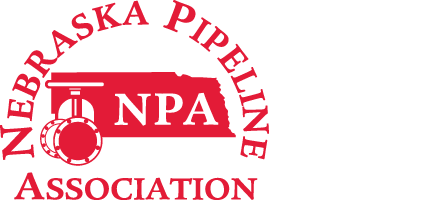Pipeline Safety
Virtually all aspects of the energy transportation pipeline industry are regulated to some extent by federal, state, and local agencies.
The Office of Pipeline Safety (OPS) is the primary federal regulatory agency responsible for ensuring that pipelines are safe, reliable, and environmentally sound. From the federal level, we oversee the development and implementation of regulations concerning pipeline construction, maintenance, and operation, and we share these responsibilities with our state regulatory partners.
Regulatory Perspective
 The OPS has a limited number of inspectors in the field working with our state partners to oversee over two million miles of pipelines. Due to this and other limitations, our past focus had to be fairly narrow in order to have any impact. We concentrated on defining and ensuring industry compliance with minimal design, operational, and maintenance practices.
The OPS has a limited number of inspectors in the field working with our state partners to oversee over two million miles of pipelines. Due to this and other limitations, our past focus had to be fairly narrow in order to have any impact. We concentrated on defining and ensuring industry compliance with minimal design, operational, and maintenance practices.
That regulatory approach produced a good safety record and pipelines today are the safest, most environmentally-friendly, and most reliable mode of hazardous liquid and gas transportation. However, pipeline accidents still happen; sometimes with profoundly tragic consequences. Therefore, we must do better, and we will.
Looking Forward
OPS has significantly transformed itself—and the way it regulates the pipeline industry—over the last few years. We have new people in new jobs with new skills. We have written new, stricter regulations, and we are enforcing them in a tough, but fair, manner. These transformations are driven by one objective: to maximize the positive impact that OPS and state program people and resources have on the safety, integrity, and reliability of our nation's pipeline system.
The rules governing pipeline safety are included in Title 49 of the Code of Federal Regulations (CFR), Parts 190-199. Individual states may have additional or more stringent pipeline safety regulations.
SIGNS OF A PIPELINE RELEASE
You can recognize a pipeline incident by using your senses of sight, sound and smell.
 | 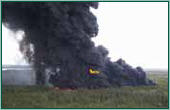 | 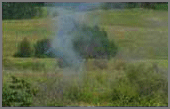 |
| Fire or explosion | Mist or cloud of vapor | |
 | 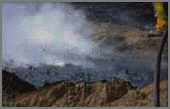 | |
| Sheen or film on water | Petroleum on the ground | |
 | .png) | |
| Water bubbling or standing in unusual areas | Dying vegetation on green corridor | |
 | A hissing, whistling or roaring noise | |
 | Strange and unusual gaseous or chemical odors | |
WHAT TO DO IF YOU SUSPECT A LEAK
- Immediately leave the area.
- If possible, turn off any equipment being used in or near the suspected leak. Abandon any equipment being used and move upwind from the suspected leak.
- From a safe location, call 911 or your local emergency response number & the pipeline company. Call collect, if needed, and give your name, phone number, description of the leak, and its location.
-
Warn others to stay away when possible.
WHAT NOT TO DO IF YOU SUSPECT A LEAK
- Do not touch, breathe, or make contact with the leaking fluids or gas. Stay upwind if possible
- Do not light a match, start an engine, use a telephone, turn on or off any type of electrical switch such as a light, garage door opener, etc., or do anything that may create static or a spark
- Do not attempt to extinguish any pipeline fire that may start
- Do not drive into a leak or vapor cloud area. Automobile engines can ignite vapors
- Do not attempt to operate any valves
PREVENTING PIPELINE DAMAGE
-
 Regular internal inspections & integrity tests
Regular internal inspections & integrity tests - Ongoing pipeline maintenance programs
- Routine patrol & visual inspection of pipeline rights-of-way
- Satellite & other remote communication technologies
- Constant pipeline monitoring
- Participation in state one-call underground damage prevention programs
- Pipeline marker program
- Pipeline Integrity Management Plan (IMP)
- Emergency response plans
- Develop emergency response & crisis management plans
- Accumulate manpower & equipment necessary to respond to incidents quickly
- Develop extensive training & drill programs
-
Work closely with federal, state & local agencies to prepare for & respond effectively to an incident
 | 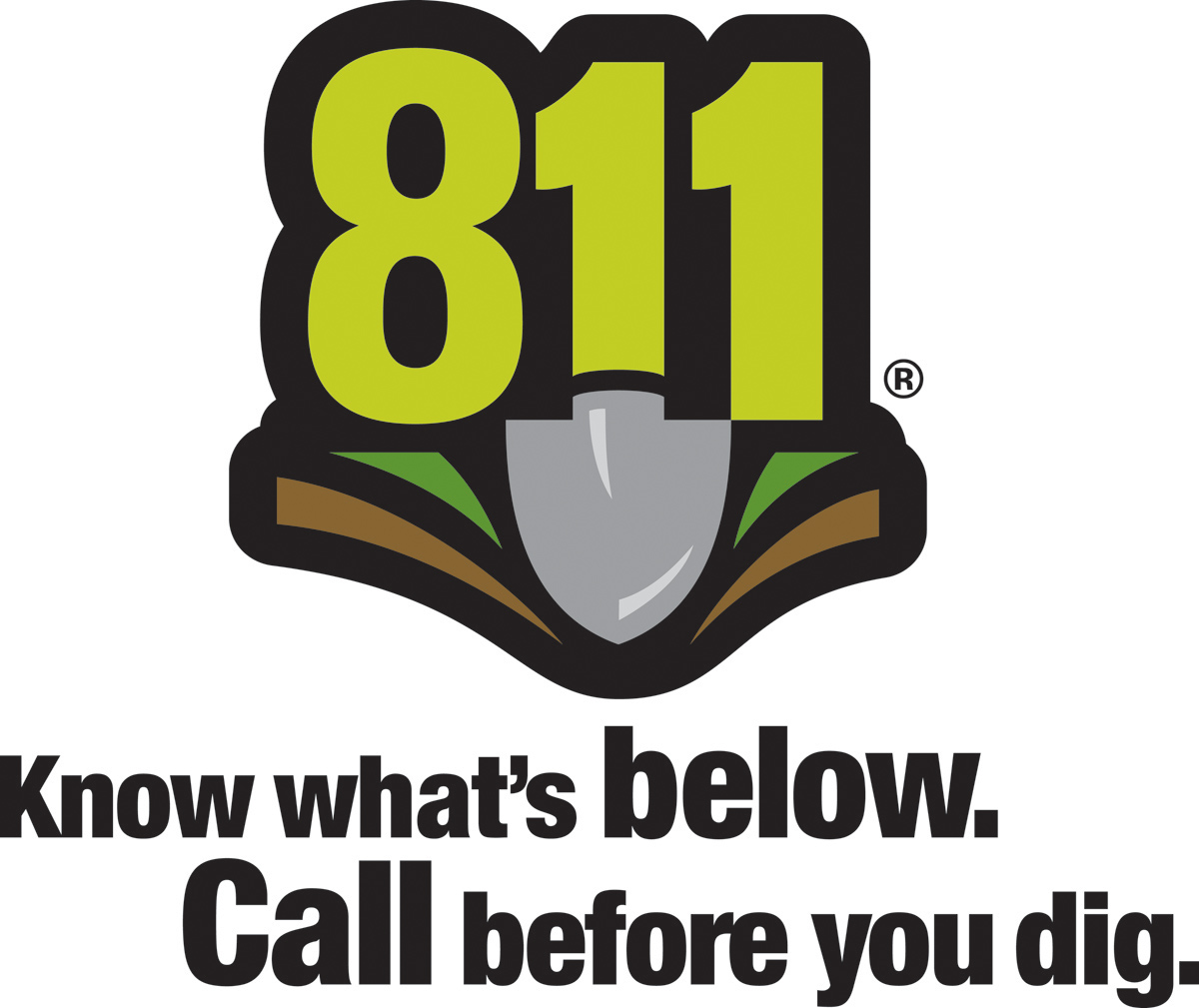 |  | Find Pipeline Operators in your area |
